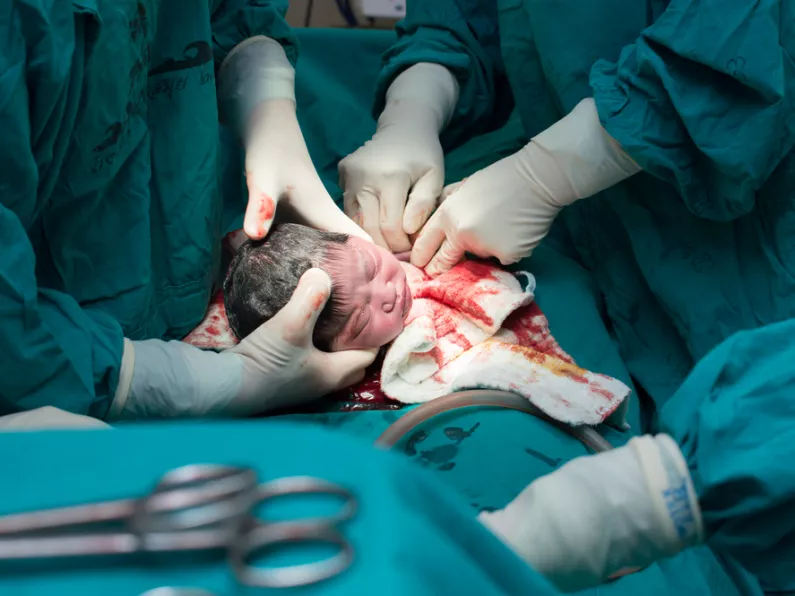April is Cesarean Section Awareness Month and to mark it, we're bringing you everything you should know about cesarean sections.
A caesarean section (c-section) is an operation to deliver your baby, and it can be a planned or an emergency procedure.
According to the World Health Organisation, more than 1 in 5 of all childbirths globally are by c-section.
And this number is set to continue increasing over the coming decade, with nearly a third of all births likely to take place by caesarean section by 2030.
During a c-section, a doctor makes a cut just below your bikini line, through your abdomen and womb, and lifts your baby out through it.
Everything you should know about cesarean sections
A c-section operation usually lasts around 45 minutes.
A spinal anaesthetic or epidural is used in most cases meaning you're awake during the operation but you don't feel any pain.
You will usually have a planned c-section at 39 weeks of pregnancy as the aim is to do it before you go into labour.
Babies born earlier than 39 weeks are more likely to need help with their breathing. But sometimes there’s a medical reason for delivering the baby earlier than this, and that is out of your control.
Planned c-sections
Sometimes, a c-section may be safer for you or your baby than a vaginal birth and you'll have spoken about this in advance with y0ur obstetrician or midwife.
Common reasons for a planned (elective) caesarean birth are:
- you had 1 or more caesarean births before (a 'repeat' caesarean birth)
- your baby remains in the breech position
- your doctor thinks a vaginal birth might be too difficult – for example, because the baby is very big
- pregnancy complications have arisen – for example, the baby is not growing well or the placenta is too low.
If you have HIV or genital herpes, your doctor will explain your birth options. Some women may need a c-section to reduce the risk of passing the virus to the baby.
What is an emergency c-section?
You may have an unplanned emergency c-section if your baby needs to be delivered quickly.
This may happen if your labour is not progressing or there’s any concern about your or your baby’s wellbeing.
The word ‘emergency’ makes it sound rushed, but there’s often time to decide whether you want a c-section. Your doctor and midwife will explain what your options are.
If your or your baby’s health is at risk, you may need to have a c-section more quickly.
you may be more likely to have a c-section if you’re overweight or over the age of 40.
Preparing for a c-section
These are just a sample of what you might doing to prepare for a c-section:
- Getting ready: A small area of pubic hair is usually shaved or trimmed from your bikini line area. The hospital staff will do this if needed.
- Fasting: You'll be told to not eat and drink (fasting) for several hours before the procedure, unless it is an emergency caesarean.
- Blood tests: This may vary according to your hospital.
- Consent: You'll be asked to sign a consent form for the procedure. Our top advice is to NEVER be afraid to ask questions.
